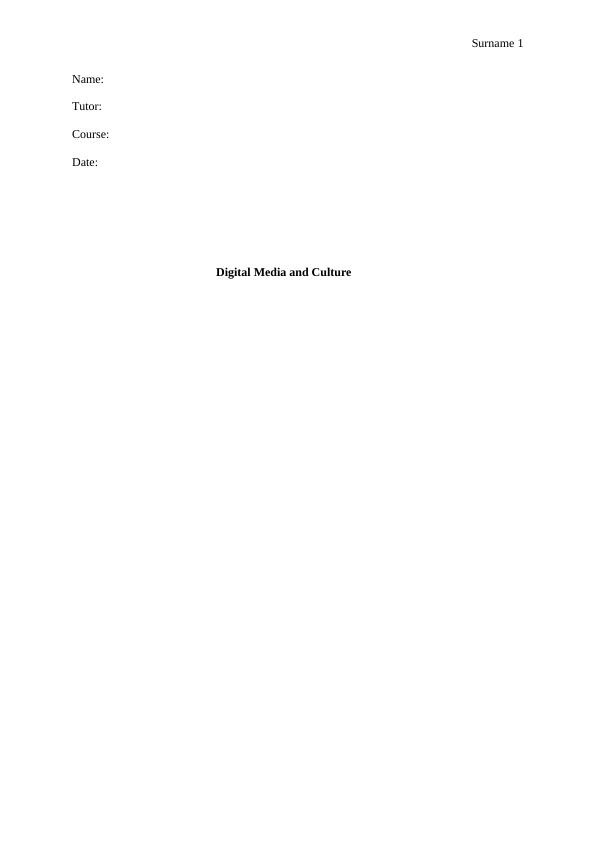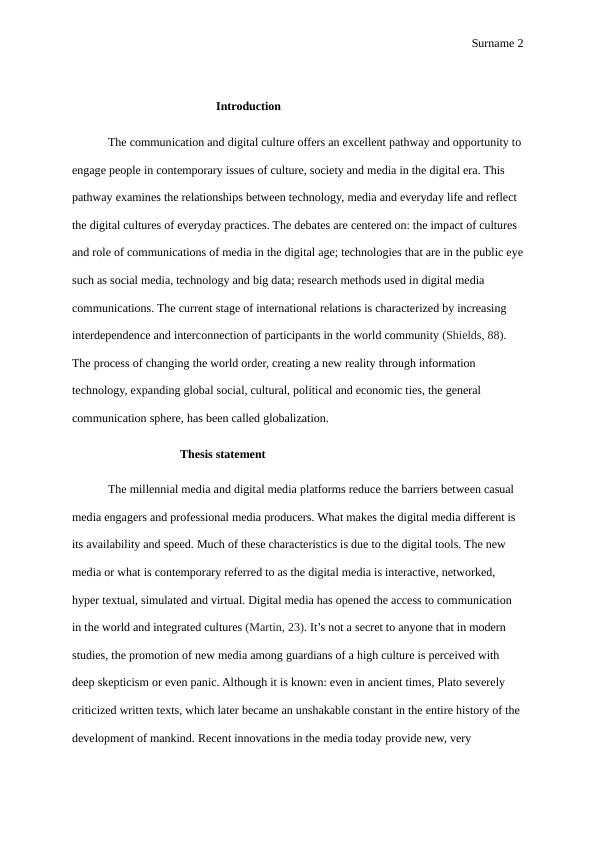Digital Media and Culture: Impact of Technology, Media and Everyday Life
This week we have discussed the reality and materiality of virtual technologies, how it is at the core of today’s digital society, and how the actual existing technologies and the ideas, concepts and mathematics that attend them are connected. We have attended to the largely invisible aspects of digital society (such as software and algorithms and the politics of platforms). When thinking why this matters, just think of how Google and Facebook want to be the operating system of digital society. The key takeaway for this week’s lecture is that digital media today (that is our digital media environments) are increasingly complex and entangled. New tools and technologies are introduced constantly. They are environments for social interaction, not just channels for the transmission of information, and hence we need to continue to think carefully about them. And just an example to add to Benjamin Woolley and his defining of the virtual. The internet. You can think of ‘surfing the web’ and ‘coding’ the web. Potentialisation, in Woolley’s sense, would be the arrangement of data in the ‘matrix’ of hypertexts: HTML, Java, C++ or other coding languages. Realisation would be the display
Added on 2022-10-12
About This Document
Digital Media and Culture: Impact of Technology, Media and Everyday Life
This week we have discussed the reality and materiality of virtual technologies, how it is at the core of today’s digital society, and how the actual existing technologies and the ideas, concepts and mathematics that attend them are connected. We have attended to the largely invisible aspects of digital society (such as software and algorithms and the politics of platforms). When thinking why this matters, just think of how Google and Facebook want to be the operating system of digital society. The key takeaway for this week’s lecture is that digital media today (that is our digital media environments) are increasingly complex and entangled. New tools and technologies are introduced constantly. They are environments for social interaction, not just channels for the transmission of information, and hence we need to continue to think carefully about them. And just an example to add to Benjamin Woolley and his defining of the virtual. The internet. You can think of ‘surfing the web’ and ‘coding’ the web. Potentialisation, in Woolley’s sense, would be the arrangement of data in the ‘matrix’ of hypertexts: HTML, Java, C++ or other coding languages. Realisation would be the display
Added on 2022-10-12
End of preview
Want to access all the pages? Upload your documents or become a member.



